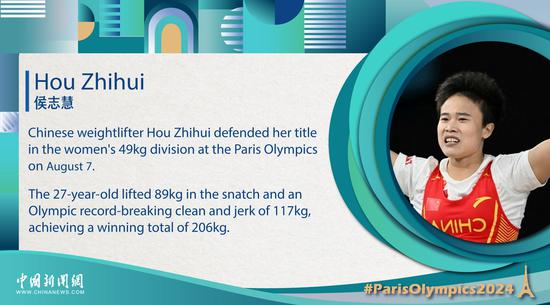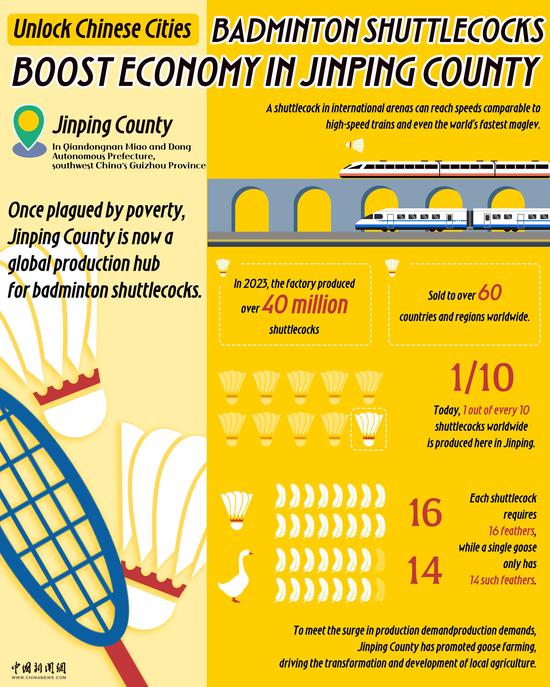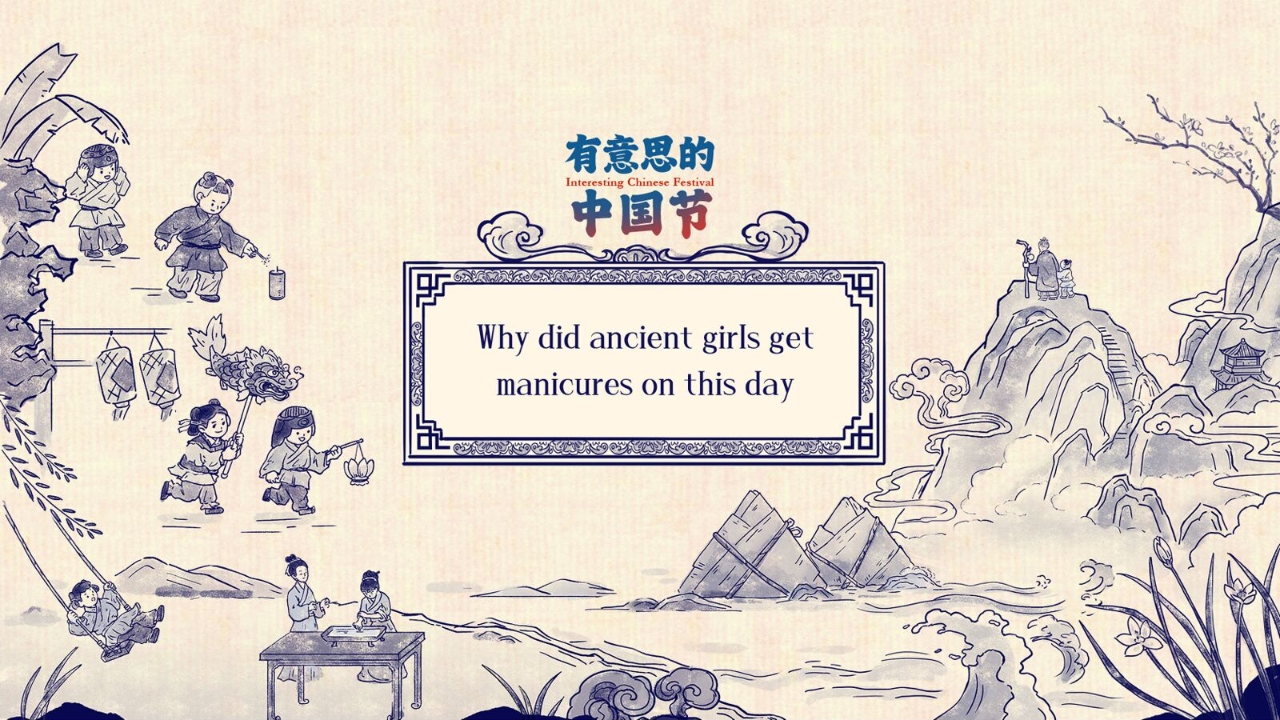China's central government has unveiled a new state-level guideline aimed at achieving a comprehensive green transition across the nation's economy and society over the next decade. The move is part of China's broader effort to address ecological and environmental challenges while promoting sustainable development.
The guideline emphasizes the importance of transforming China into a greener, low-carbon nation, a crucial step toward ensuring the harmonious coexistence of humans and nature. The document outlines targets for significant progress in green production and lifestyles by 2030, with the ultimate goal of establishing a green and low-carbon circular economy by 2035.
Key sectors covered by the guideline include agriculture, transportation, and energy. Among the specific goals are increasing the scale of the energy-saving industry to approximately 15 trillion yuan ($2.09 trillion) and boosting the consumption of non-fossil energy to 25 percent of the nation's total energy use by 2030.
The guideline also calls for a substantial increase in the use of clean and new energy in public transportation, including buses and ships. By 2035, new energy vehicles are expected to dominate the automotive market.
To support the green transition, the government plans to promote a more sustainable lifestyle among the public, encouraging resource conservation, such as saving food and water. Additionally, the government aims to increase investment in cutting-edge technologies and develop new talent strategies to provide intellectual support for the nation's green transformation.


















































 京公网安备 11010202009201号
京公网安备 11010202009201号